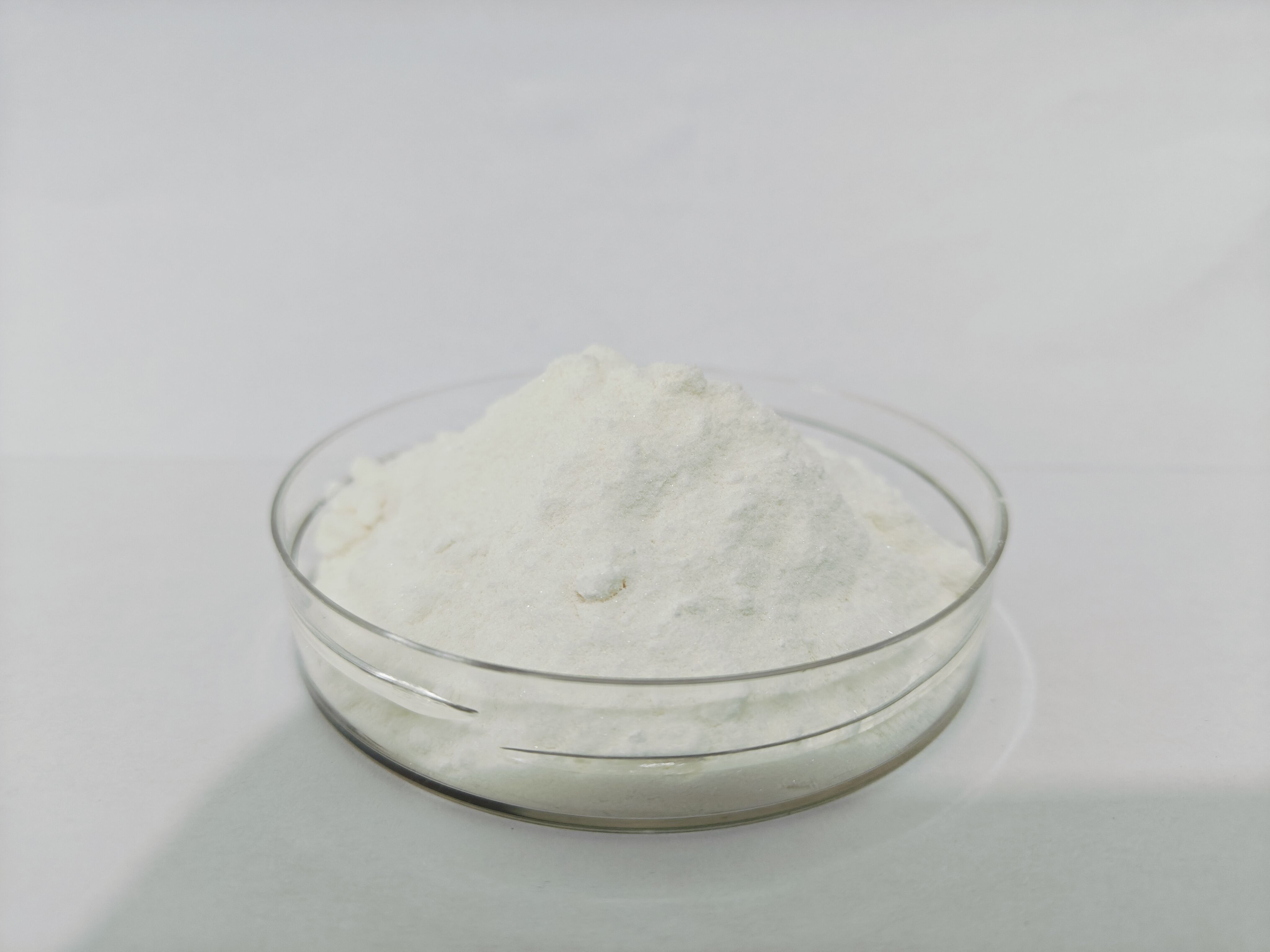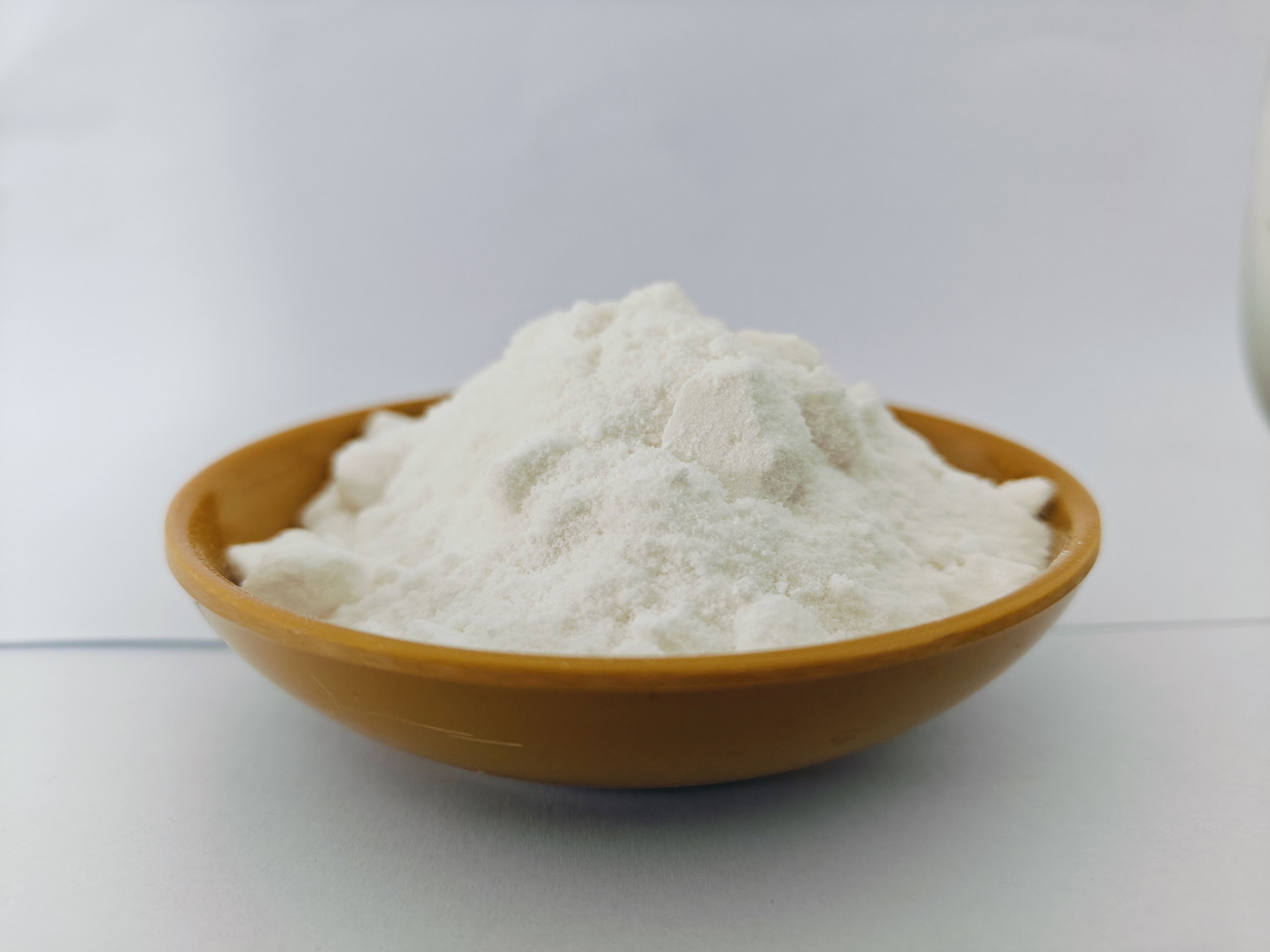הבנת התפקיד הקריטי של מזרזים בתרכובות דפוס אפוקסי (EMC) באלקטרוניקה
תעשיית ייצור האלקטרוניקה תלויה במידה רבה בתרכובות דפוס אפוקסי (EMC) להגנה על רכיבים רגישים מגורמים סביבתיים ומבטיחה אמינות לטווח ארוך. בלב של מערכת ההגנה הזו נמצאים מזרזים לאפי EMC, אשר ממלאים תפקיד יסודי בקביעת התכונות והביצועים הסופיים של החבילות האלקטרוניות. תרכובות כימיות מיוחדות אלו מקדמות את המעבר מאפוקסי נוזלי או בצורת אבקה לאריזה עמידה ומוגנת, שמגינה על הרכיבים האלקטרוניים לאורך כל מחזור החיים התפעולי שלהם.
החשיבות של זרזים לתקינה EMC מגיע הרבה מעבר לתפקידה הבסיסי של האצת תגובות כימיות. הם משפיעים ישירות על פרמטרים חשובים כגון מהירות עיבוי, צפיפות צלבית, והתכונות המכאניות הסופיות של תערובת הזרקה. ככל שההתקנים האלקטרוניים נעשים מתוחכמים יותר וקטנים יותר, התובנה לגבי מזרזים מתקדמים לעיבוי EMC ממשיכה לגדול, מה שמדחף חדשנות בטכנולוגיית מזרזים ושיטות יישום.
מנגנוני תגובה וכדאיות ביצועים
אינטראקציות מולקולריות ודינמיקה של תהליך היציקה
מַתְחִילֵי עִקּוּם EMC פועלים באמצעות מֶכָּנִיזְמִים מולקולריים מורכבים שמַזְהִירים וּבוֹקְעִים אֶת תְּאָרִיךְ הַצְּלִיבָה. לַמַתְחִילִים אֵלוּ קַיִם בִּדְרָשָׁה מְקוֹמוֹת פְּעִילִים שֶׁפועלים על רכיבי האפוקסי והמחזק, וּמְקַלִּים עַל תַּשְׁגִּיחָתָן בְּחוֹם נָמָךְ וּבְזְמַן קָצָר יוֹתֵר מִשֶׁהָיוּה סְבִירָה בְּלִי הַתַּשְׁגִּיחָה. בְּחִירָה מְדוּיֶּקֶת וְהַתְאָמָה שֶׁל מַעֲרָכֵי מַתְחִילִים מְבַטְּחִים עִקּוּם מֻתְאָם בְּאֹרֶךְ הַתַּרְכִּיב, וּמְעוֹכְבִים בְּעָיוֹת כְּגוֹן עִקּוּם שֶׁלֹּא הִשְׁלִים אוֹ יְצִיאַת מַדְרֵגוֹת מְיֻחָדִים.
מַתְחִילֵי עִקּוּם מַכְשִׁירוֹת מִתְקַדְּמִים יְכוֹלִים לְהַשִׂיג שֶׁלֶט מְדוּיָק עַל קִינֶטִיקַת הַתַּשְׁגִּיחָה, מַאֲשֵׁר לְיַצְּרָנִים לְהַתְאִים חַלּוֹנוֹת עֲבוֹדָה וּלְהַחֲלִישׁ כָּפָאָה יְצִיעָה. שֶׁלֶט זֶה הוּא מְאוֹד מְהֻמָּר בִּסְבִיבוֹת יְצִיעָה בְּנֶפַח גָּדוֹל, בַּמָּקוֹם שֶׁשְׁמוּרַת מִידָה וְצוּרָה מְתוּקֶנֶת וּמַהִירֻת בְּהַעֲבָרַת הַתְּכוּנִים הִיא מְאֹרֶגֶת.
שְׁפוּת וְהַחְלָשַׁת תְּכִנּוּת חוֹם וּמְכָנִיקָה
הטמעת מזרזים ייעודיים לעיבוד EMC מביאה לתכונות תרמיות ומיכניות עליונות של המוצר הסופי. המזרזים מעודדים את היווצרותן של מבנים רשת אופטימליים, מה שמביא להגברת עמידות החום, שיפור הדבקות למדפים ועמידות טובה יותר בפני מתחי מחזור חום. העוצמה המיכנית והעמידות של התרכובת לאחר עיבוד קשורה ישירות לאפקטיביות של מערכת המזרזים שנמצאת בשימוש.
מזרזים מודרניים לעיבוד EMC מעוצבים כדי להשיג טמפרטורות מעבר זכוכית (Tg) המתאימות לדרישות היישום, תוך שמירה על גמישות כדי לאפשר הבדלים בהתרחבות תרמית בין רכיבי האריזה השונים. איזון זה חשוב לשם מניעת התנתקויות וסדקים במהלך מחזורי חום או מתח מכני.

האצת תהליכי ייצור
יעילות ייצור ובקרת איכות
קטליסטים לטיפול ב-EMC משפיעים באופן משמעותי על יעילות הייצור על ידי אפשרות לטיפול בקצבאות טיפול מהירים יותר והצריכה של אנרגיה מופחתת. מערכות קטליסטות מתקדמות מאפשרות טמפרטורות טיפול נמוכות יותר, אשר לא רק חוסך אנרגיה אלא גם מקטין את הלחץ התרמי על רכיבים אלקטרוניים רגישים. אופטימיזציה של ריכוזים וסוגים של קטליסטים מסייעת להשיג איזון אידיאלי בין מהירות עיבוד תכונות המוצר הסופי.
בקרת איכות בתהליך EMC הופכת לניתוח יותר עם קטליסטים של טיפול בטיפול בטיפול בטיפול בטיפול בטיפול בטיפול בטיפול בטיפול בטיפול בטיפול בטיפול בטיפול בטיפול בטיפול בטיפול בטיפול בטיפול בטיפול בטי קטליסטים אלה מספקים התנהגות קבועה של טיפול ופיתוח תכונות צפוי, מה שהופך את זה קל יותר לשמור על סובלנות ייצור הדוק ושיעורי תשואה גבוהים. הפחתת השינוי בהתנהגות הקשיחה מתורגם לאיכות מוצר אמינה ויציבה יותר.
אינטגרציה ואוטומציה של תהליכים
מוצרי עיקור EMC מודרניים מעוצבים כדי להתמזג בצורה חלקה עם תהליכי ייצור אוטומטיים. מאפייני הביצועים היציבים והתנהגותם הצפויה מאפשרים שליטה ומעקב מדויקים בתהליך. התאימות למערכות אוטומציה זו היא קריטית לשמירה על קצבים גבוהים של תפוקה, תוך וידוא איכות מוצר עקבית בנפחי ייצור גדולים.
הפיתוח של מערכות עיקור חדשות ממשיך להתמקד בשיפור התאימות שלהן עם ציוד ושיטות עיבוד מתקדמות. זה כולל אופטימיזציה לטכנולוגיות טריקה שונות והסתגלות לעיצובי אריזה וחומרים הולכים ומסתבכים.
אמינות ארוכת טווח ותפיסה סביבתית
עמידות וביצועי הشيخנות
מַעֲרֶכֶת עיקור EMC מַשְׁפִּיעַ בצורה מכרעת על האמינות ארוכת הטווח של אריזות אלקטרוניות. מערכות שטופלו נכון מציגות עמידות טובה יותר בפני גורמים סביבתיים כגון רטיבות, תנודות טמפרטורה וחשיפה לכימיקלים. בחירת המערכז משפיעה על התפתחות מתחים פנימיים במהלך עיקור ותקופת השירות שאחריו, מה שמשפיע על היציבות ארוכת הטווח של האריזה.
מערכות מערכזים מתקדמות עוזרות לשמור על שלמות האריזה לאורך תקופות ארוכות, ומונעות דפוסי כשל נפוצים כמו התנתקות שכבות, סדקים ופירוק הנגרם על ידי לחות. עמידות מוגברת זו חשובה במיוחד ליישומים בתעשיית הרכב, תעשיית החלל והתעשייה האלקטרונית, שבהן דרישות האמינות חמורות.
השלכות סביבתיות וקיימנמיה
מוצרי עיבוי EMC מודרניים מעוצבים ביתרה עם שיקולים סביבתיים. מערכות מזרזים חדשות מרכזות על הפחתת פליטות תרכובות אורגניות נדיפות (VOC) ועל אפשור טמפרטורות עיבוד נמוכות יותר, ובכך תורמות לצמצום צריכה של אנרגיה ולוואי הסביבתי. פיתוח מזרזים המאפשרים שימוש בתערובות EMC ידידותיות לסביבה יותר מייצג מגמה גוברת בתעשייה.
שקולות של קיימות מתרחבות גם לניהול סוף חיים של רכיבים אלקטרוניים. מערכות עירור המאפשרות מחזור קל יותר או ביטול ידידותי יותר לסביבה של אריזות אלקטרוניות צוברות חשיבות כתגובה להגבלות סביבתיות צוברות ולიוזמות קיימות של חברות.
פיתוחים עתידיים ו מגמות בתעשייה
טכנולוגיות עולות וחדשנות
תחום ערכות הקטליזה למאגרי EMC ממשיך להתפתח עם הופעתן של טכנולוגיות וחומרים חדשים. המחקר מתמקד ביצירת מערכות קטליזה שמסוגלות לעמוד בעיצובים מורכבים יותר של אריזות ובדרישות ביצועים קשות יותר. פותחות טכנולוגיות קטליזה מתקדמות לאפשר את השימוש בתערובות EMC חדשות המותאמות ייחודיamente ליישומים מסוימים ותנאי עיבוד מסוימים.
חדשנות בעיצוב קטליזטורים גם כן פותרת את האתגרים הנובעים מהקטנת רכיבים אלקטרוניים והשילוב של חומרים וטכנולוגיות חדשים. התפתחויות אלו כוללות קטליזטורים המותאמים לאריזות דקיקות במיוחד ואלה المتوافقות עם חומרי בסיס מתקדמים וטיפולים משטחיים.
כוחות מניעים בשוק והתאמה תעשייתית
ההתפתחות המתמדת של תעשיית האלקטרוניקה מובילה לפיתוח טכנולוגיות חדשות של קטליזטורים לעיבוד EMC. דרישות גוברות לאמינות גבוהה יותר, ביצועים תרמיים טובים יותר ושיפור יעילות עיבוד דוחפים את הגבולות של עיצוב ויישום הקטליזטורים. הדגש ההולך וגובר על שיטות ייצור בר-קיימא משפיע גם הוא על כיוון פיתוח הקטליזטורים.
מגמות השוק מצביעות על העדפה גוברת למערכות קטליזטוריות המציעות יתרונות מרובים, כגון אמינות משופרת, הפחתת עלויות עיבוד ושיפור בביצועים סביבתיים. גישה רב-ממדית זו לפיתוח קטליזטורים משקפת את צורכי התעשייה להתמודד עם אתגרים מרובים בו-זמנית.
שאלות נפוצות
מהו טווח הריכוז האופטימלי לקטליזטורים לעיבוד EMC?
הריכוז האופטימלי של קטליזטורים לאיתור EMC נע בדרך כלל בין 0.5% ל-3% לפי משקל, בהתאם לסוג הקטליזטור הספציפי ודרישות היישום. ריכוז זה צריך להיקבע לאחר בדיקה מדוקדקת של גורמים כגון מהירות האיתור הרצויה, תנאי עיבוד ודרישות התכונות הסופיות.
איך משפיעים קטליזטורים לאיתור EMC על רגישות לחומציות?
קטליזטורים לאיתור EMC יכולים להשפיע משמעותית על רגישות הלחות של החבילה הסופית באמצעות השפעה על צפיפות הקשירה הצולבת ועל מבנה הרשת של התרכובת המואתה. מערכות קטליזטור מותאמות היטב מקדמות את היווצרותן של רשתות עמידות בפני לחות, תוך שמירה על תכונות גמישות ודבקות מתאימות.
האם קטליזטורים לאיתור EMC יכולים לשפר את היציבות בטמפרטורות גבוהות?
כן, בוחרי מזרזים מתאימים למדור EMC יכולים לשפר את היציבות בטמפרטורות גבוהות על ידי קידום צמצום אופטימלי ויצירת רשת. זה גורם לשיפור טמפרטורת המעבר הזجاجית ולעמידות טובה יותר בפירוק תרמי, מה שהופך את החבילה לנ dependable יותר בתנאי טמפרטורה מוגבה.

